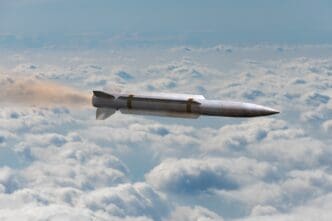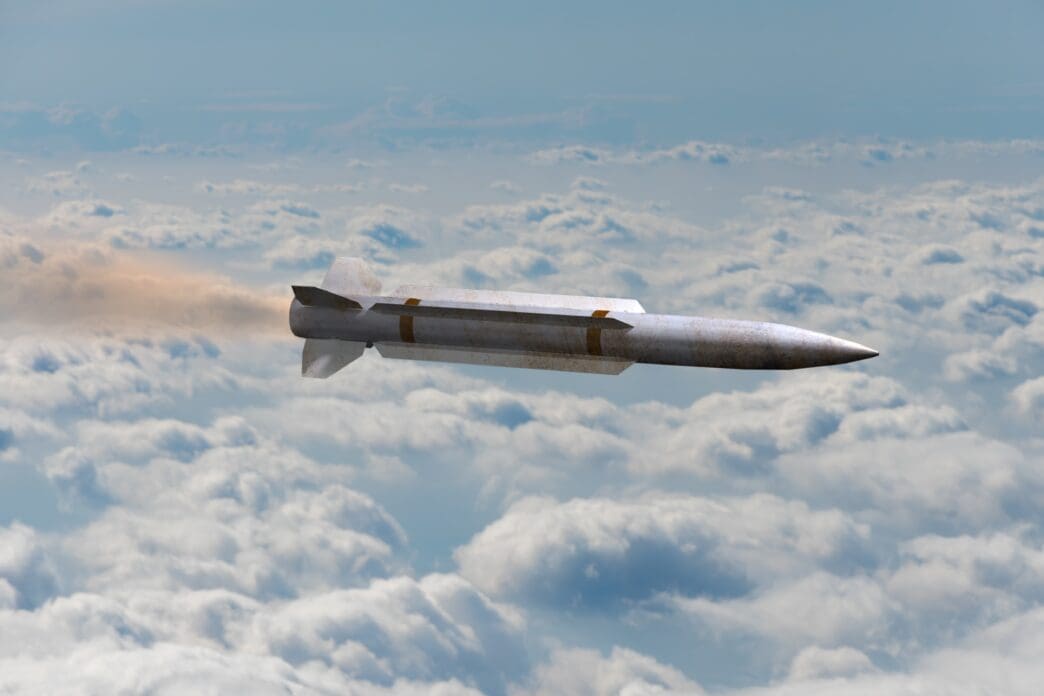Executive Summary
The Story So Far
Why This Matters
Who Thinks What?
China unveiled what state media describes as the world’s first “hypersonic plane-killing missile,” the CJ-1000, during a military parade in Tiananmen Square on September 3, sparking questions about its potential to redefine aerial warfare. The weapon, also known as the Long Sword-1000, is touted by Chinese state media as capable of ultra-long-range strikes against high-value “system-node targets” on the ground, at sea, or in the air, from thousands of kilometers away and at speeds exceeding Mach 5.
Unveiling the CJ-1000
The CJ-1000 was showcased mounted on trucks, its camouflaged loads discreetly tagged during the parade. While Chinese authorities have not officially disclosed detailed specifications or published test results for the missile, its public debut signals a significant advancement in the People’s Liberation Army’s (PLA) strategic capabilities.
According to Chinese state media, this surface-launched hypersonic cruise missile is designed to engage critical enemy assets. Its purported ability to strike targets such as aerial refueling tankers, airborne early warning (AEW) aircraft, and reconnaissance platforms at extreme ranges and hypersonic speeds could present a formidable challenge to conventional air defense strategies.
Strategic Implications
If the parade descriptions are confirmed, the CJ-1000 could represent a paradigm shift in air combat. A weapon capable of engaging airborne targets from thousands of kilometers away at speeds greater than Mach 5 would fundamentally alter the risk calculus for high-value air assets, potentially forcing a reconsideration of operational doctrines.
However, the lack of official data means the true lethality and operational readiness of the CJ-1000 remain speculative. New weapons typically undergo extensive field testing before entering service, and the absence of published test results leaves observers to rely on the claims made during its public presentation.
Future of Aerial Warfare
The introduction of the CJ-1000, even with limited public information, underscores China’s ongoing pursuit of advanced military technologies designed to counter potential adversaries. Its development points to a future where hypersonic weapons could play an increasingly central role in strategic deterrence and power projection, particularly in contested airspaces.








